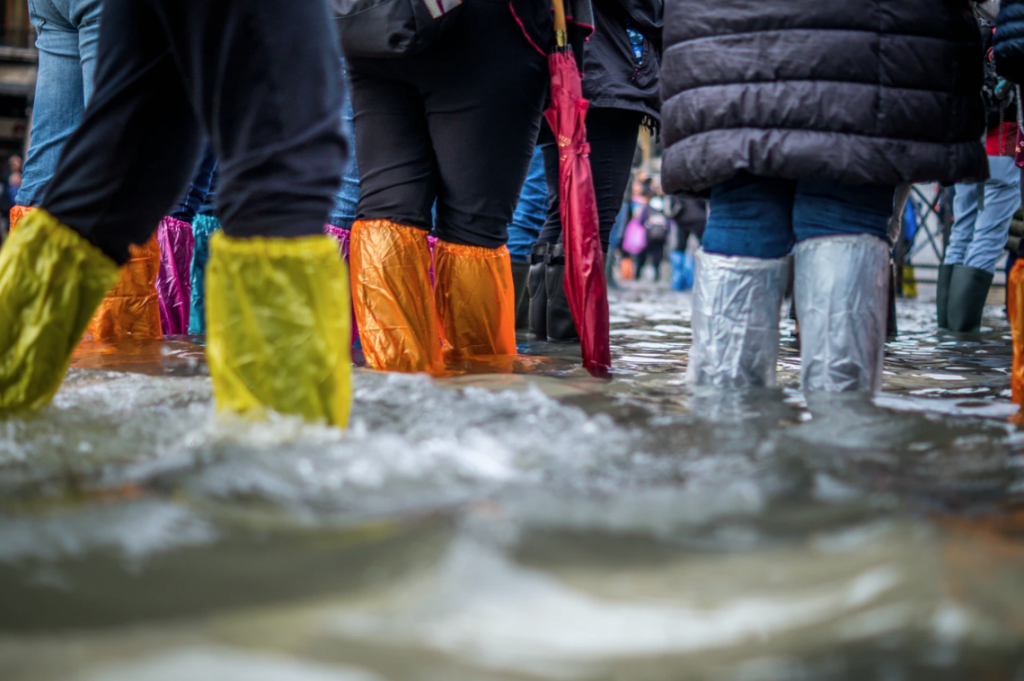Homeowners face many challenges when it comes to keeping their home safe. However, one challenge that all homeowners struggle with is flooding. Flooding can completely destroy your home and all of your belongings. Regardless of cause, there are things you need to do after a flood occurs. Here are four things you need to do when you’re putting your home back together after a flood.
Contact Your Insurance Company
After a flood, the first thing you need to do is contact your insurance company. If anything of value is damaged or lost, they’ll reimburse you if you’re covered. However, you’ll need to show proof. Go through the entire house and assess the damage. Take pictures of what was damaged by the flood and submit those pictures for reimbursement. Keep in mind that you’ll only be compensated for items covered by your insurance plan.
Contact a Professional Clean Up Crew
Aside from the financial loss, it can be difficult putting your home back together after a flood. You likely have a lot of furniture and other belongings that you don’t want to lose, and your home likely has suffered heavy water damage. Depending on how much water is inside and where the flood occurred, you may need a water damage restoration company to help with the process. They have the machinery needed to quickly remove water and dry out your home, so you can preserve as much as possible.
Locate the Source of the Issue
Flooding rarely happens for no reason, even in areas where flooding is common. In addition to natural disasters, there are a lot of reasons why your home may flood. The most common causes include:
- The sewer line backed up.
- The water heater is broken.
- Your gutters are clogged.
- Plumbing pipes or water lines have burst.
No matter what the cause is, you need to take action immediately. If you’re unable to locate the source yourself, you’ll need to contact a professional plumber. Once the source of the flood is found, you can start focusing on water damage restoration.
Control the Outbreak of Mold
Flooding can also lead to mold growth. Mold thrives in dark, damp areas, especially flooded basements. What’s worse is that mold can cause a lot of health issues as well. To expedite the clean-up process and reduce the risk of getting sick, remove wet items like bedding, carpeting and clothing. Also remove any cardboard boxes as well. If you have carpeting in the flooded area, you will have to dry out the padding underneath as well.
No one wants to think about their home flooding, but it does happen. And although you can’t prevent some types of floods, you have a plan to put your home back together if one does occur.
